|
Hello everyone! The last few weeks have been hectic, especially week six and seven as we begun working on our independent projects. In the short amount of time I have been at TRIP, I have learned so much about fruit flies and navigating the lab environment, and although I am far from an expert, I am definitely more experienced than when I first stepped into the lab. In regards to the title, my independent project revolves around UV radiation and how it could induce mutations in fruit flies. With it, I tried to answer my experimental question–How does irradiating embryos affect their fertility and phenotype, which can change as a result of mutations, as adults and can vitamin E ameliorate these effects? In addition, I also wanted to determine if these mutations could be passed on to the progeny of the irradiated flies. My independent project was inspired by my interest in genetics. I had always been fascinated by genetics and curious about how genetic mutations can affect an individual and their future offspring. Through research on the internet, I learned that UV radiation was a quick and easy way to induce mutations in fruit flies, and I also recall reading an article about how ground level UV radiation has increased over the past few decades. With my independent project, I aimed to kill two birds with one stone: observe the effects of UV radiation on embryos and how potential mutations could affect the fertility AND outward appearance (phenotype) of the flies and how the results of this experiment could be applied to humans, who are living in a world with a steady increase in UV radiation. Also, after scouring the internet, I learned that vitamin E may help protect against damage caused by UV radiation, so I was curious if embryos administered vitamin E would not suffer from the negative effects of irradiation. A simple outline of my plan is that I will expose embryos to UV radiation, provide some embryos with vitamin E, and perform the female fertility assay and gross analysis assay when the embryos have turned into adults. I will also assess the fertility and phenotype of the offspring of these flies. In my mind, I had a perfect picture of how my plan would play out, but reality is full of the unexpected and I had met with my first challenge: I was unable to collect enough embryos for all my experimental conditions. In order to irradiate embryos, I need to set up collection cages so female fruit flies can lay embryos during my TRIP session. However, the flies were not very interested in laying eggs and I was unable to collect enough embryos for two sessions in a row. During the second session, I decided to pivot and set up my vials with irradiated adults rather than embryos so that I could collect some data even if this was different from my initial plan. Hopefully, I will have better results the third time I set up collection cages and get enough embryos so I could revert back to what I originally planned to do. Regardless, I am excited to continue working on my independent project and solving new challenges!
0 Comments
Lately, I’ve been working on perfecting my larvae light response assay which requires me to flash a light on the heads of the larvae in order to see whether they either detect the light and turn away or do not detect the light and remain where they are. It’s been very interesting collecting both quantitative and qualitative data, and seeing the larvae actually turn their heads is a really exciting feeling! The most important part of the assay, however, is working in a dark environment in order to ensure that I can observe the larvae’s visual capacity accurately without the disturbance of external light sources such as the light from my laptop. So essentially, I conduct the assay by working in the dark, which is actually not as bad as it sounds but still a little tricky! Lastly, I wanted to give a quick shoutout to my friend Sheline who has been awesome to work with and so fun to be around! She gets me through the rigor of the program, and I just wanted to briefly thank her for that! <3
|
Archives
April 2024
Categories
All
|
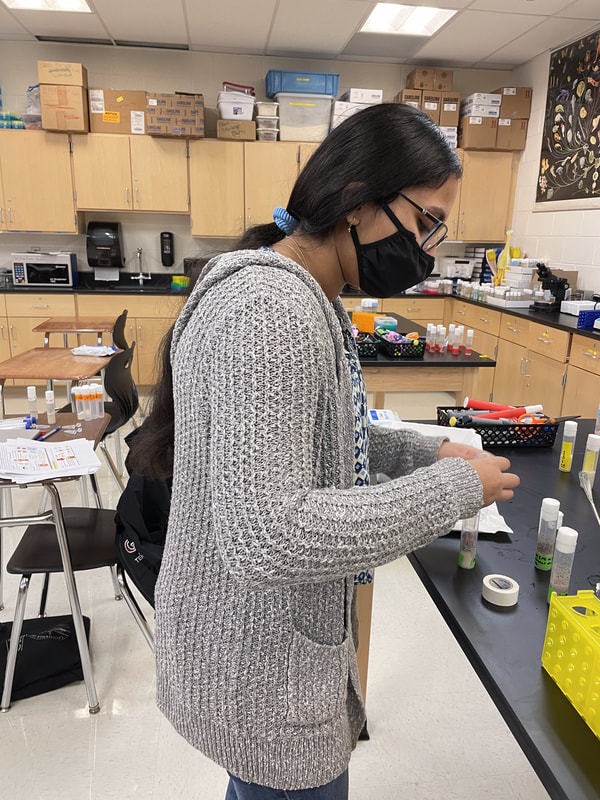
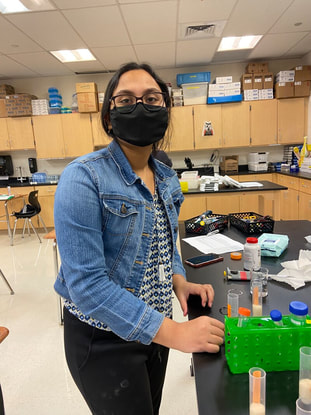
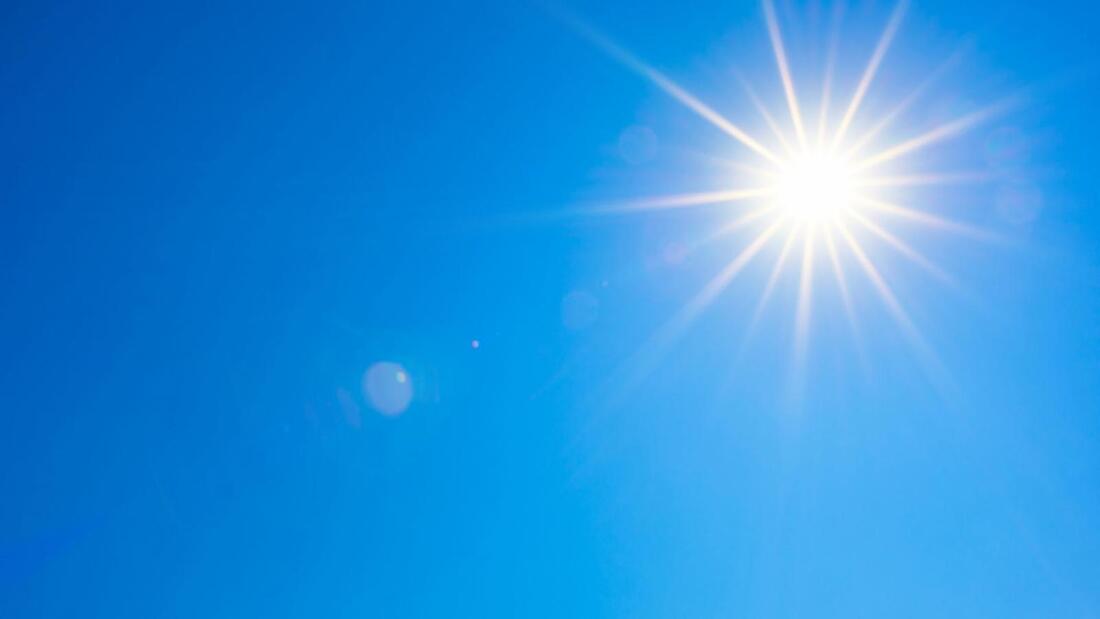

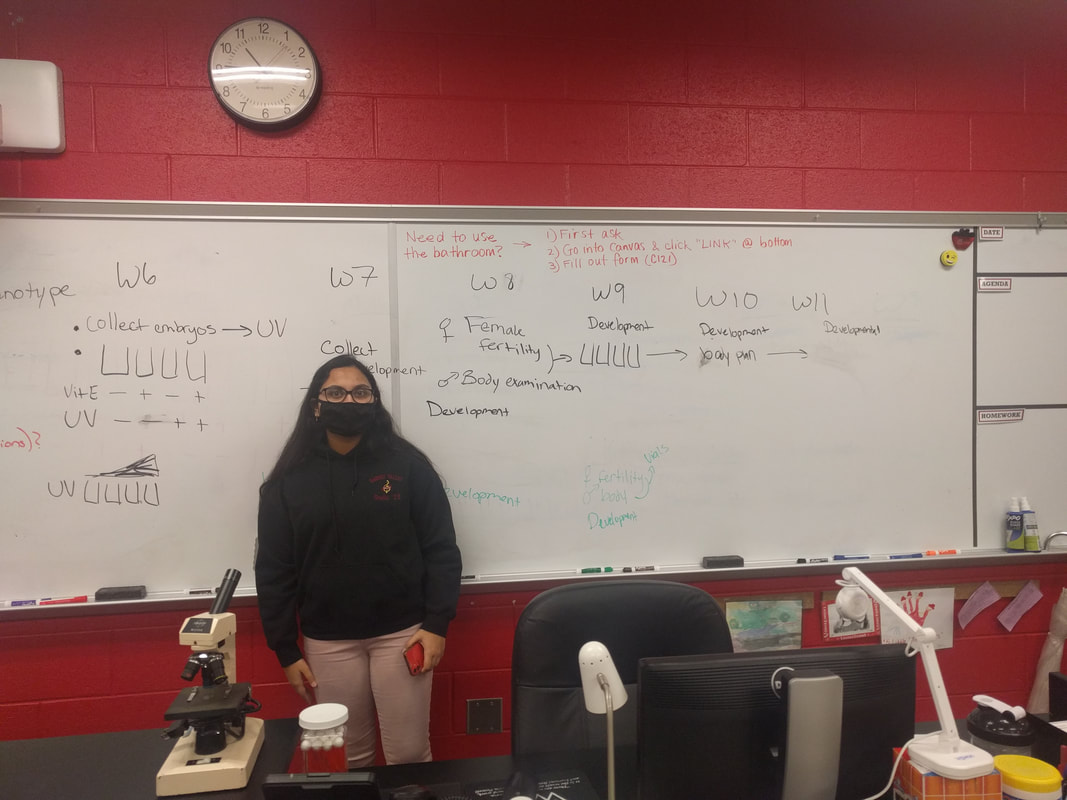
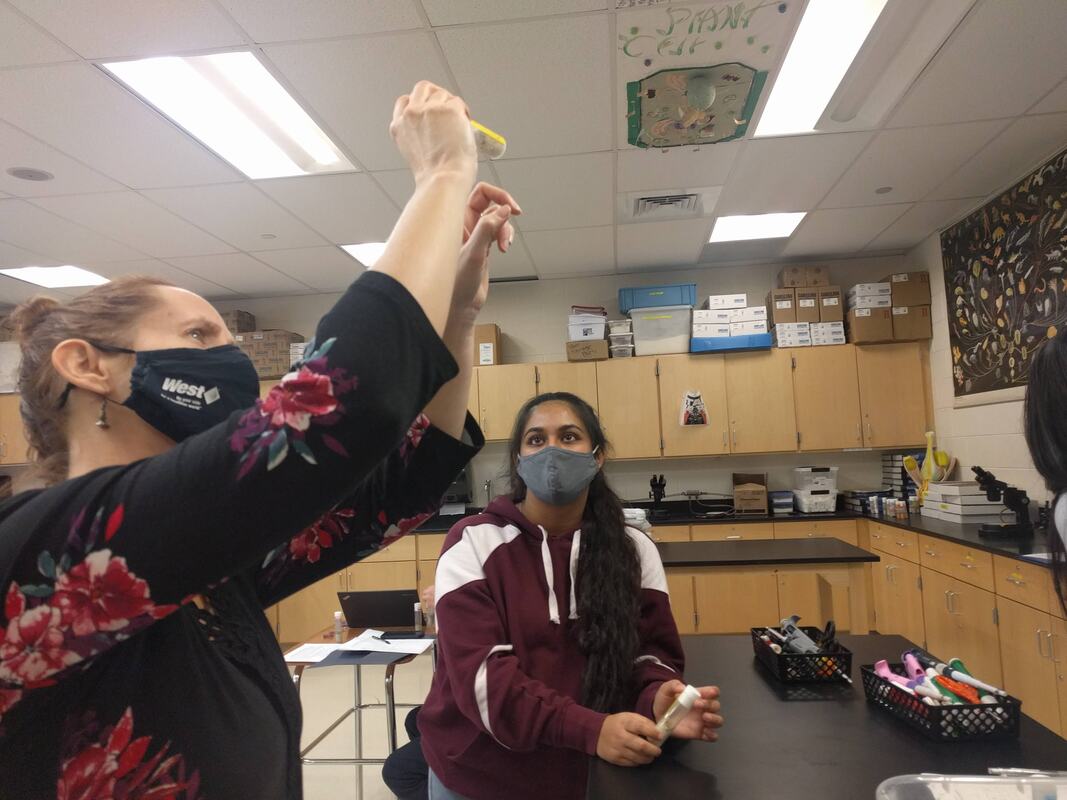
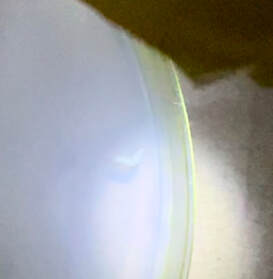
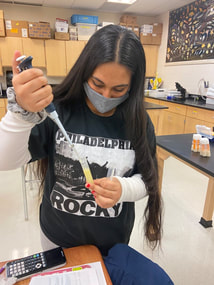
 RSS Feed
RSS Feed